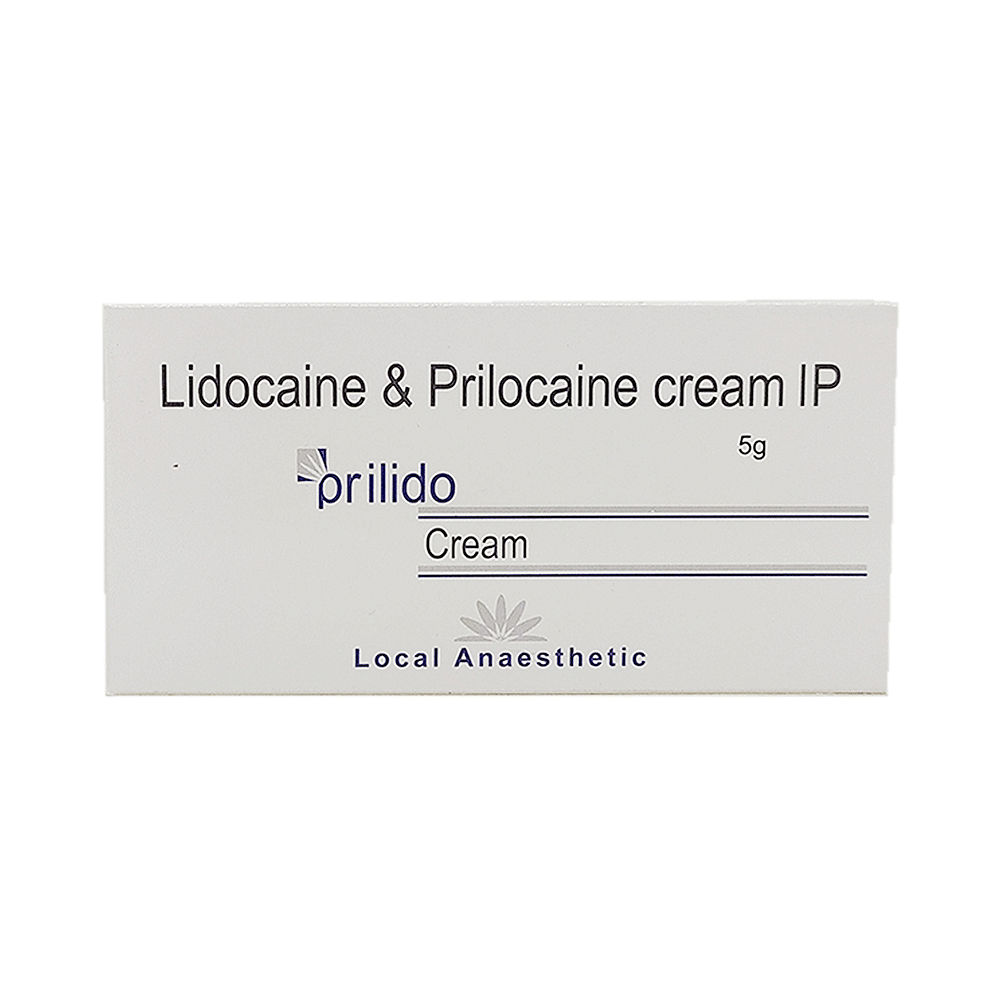
Asthesia Cream
Manufacturer
Torrent Pharmaceuticals Ltd
Salt Composition
Prilocaine (2.5% w/w) + Lidocaine (% w/w)
Key Information
Short Description
Asthesia Cream is a combination of two local anesthetic medicines that helps to numb the area where it is applied, used on normal or unbroken skin to prevent pain before certain procedures.
Dosage Form
Cream
Introduction
Asthesia Cream works by temporarily numbing the skin and surrounding area. It should be used in the dose and duration as advised by your doctor. This medicine is for external use only. Make sure that the affected area is clean and dry before applying this medicine. Apply a thin layer and rub it gently to form a layer of about 2-3mm. After that, apply an occlusive dressing to protect the area. Keep the dressing for a minimum of 2 hours before any scheduled treatment or surgery. Avoid getting it into your eyes or mouth. If accidental exposure occurs, rinse thoroughly with water.
Directions for Use
This medicine is for external use only. Use it in the dose and duration as advised by your doctor. Check the label for directions before use. Clean and dry the affected area and apply the cream. Wash your hands after applying unless hands are the affected area.
Safety Information
Side Effects
Application site reactions like a burning sensation, irritation, itching, redness, and rashes
Breastfeeding Warning
Asthesia Cream is probably unsafe to use during breastfeeding. Limited human data suggests that the drug may pass into the breastmilk and harm the baby.
Pregnancy Warning
Asthesia Cream is generally considered safe to use during pregnancy. Animal studies have shown low or no adverse effects to the developing baby; however, there are limited human studies.
How it works
Asthesia Cream is a combination of two medicines: Prilocaine and Lidocaine. It works by blocking pain signals from the nerves of the affected area to the brain. This decreases the sensation of pain.
Quick Tips
Apply Asthesia Cream over intact skin and cover with treated area with dressing Do not apply it to broken or infected areas of skin Wash your hands properly with soap before and after applying the medicine Avoid contact with the eyes, mouth, nose or any mucous membrane and rinse thoroughly in case of accidental contact or seek medical help in case of ingestion It may cause minor burning, stinging, or irritation when applied. Inform your doctor if this does not go away.
Related Medicines
Frequently asked questions
What is Asthesia Cream used for?
Asthesia Cream is a topical analgesic cream that contains prilocaine and lidocaine, applied to the intact skin before procedures like needle insertion or minor surgical interventions. It provides local anesthesia for pain relief during these procedures. When used on the genital mucosa (inner membrane of the genitals), it numbs the area for injections, preventing discomfort.
How long does Asthesia Cream last for?
The numbness effect after applying Asthesia Cream typically lasts up to 3 hours under a pressure dressing and may persist for an additional 1-2 hours after the cream is removed.
How do you use Asthesia Cream?
Before routine procedures like needle insertion, apply Asthesia Cream to skin areas for at least 1 hour before starting. Maintain a gap of at least 2 hours between pain-inducing procedures (minor surgeries). Apply pressure bandage on top to ensure even distribution and protect the application area. For genital mucosa, apply a thick layer of Asthesia cream for 15 minutes before administering local anesthesia injections. Your doctor will advise the exact duration for applying the cream.
Can Asthesia Cream be used on open wounds?
No, Asthesia Cream should only be applied to unbroken skin and the genital area. Do not use it on open wounds or broken skin unless advised by your doctor.



